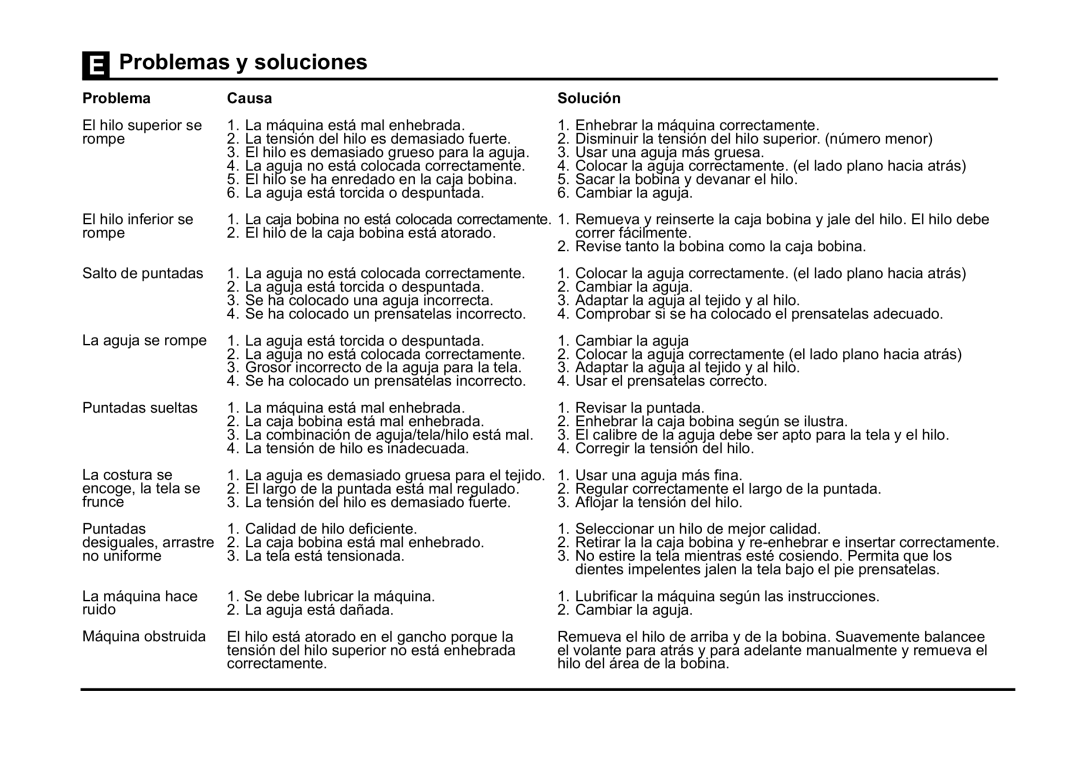5532 specifications
The Singer 5532 is a versatile sewing machine known for its robust capabilities and user-friendly features, making it ideal for both beginners and advanced sewists. This machine is part of the Singer's heavy-duty lineup, combining strength with efficiency, and offers a range of capabilities that cater to various sewing needs.One of the standout features of the Singer 5532 is its powerful motor, which provides strong needle penetration and allows for sewing through multiple layers of fabric, including heavy materials such as denim and canvas. This makes it an excellent choice for those looking to undertake more demanding sewing projects. The machine also boasts a heavy-duty metal frame, ensuring durability and stability during operation.
The Singer 5532 comes equipped with 32 built-in stitches, including essential utility stitches, decorative stitches, and one-step buttonholes. This array of options allows users to experiment and get creative, whether they are mending garments, crafting personalized gifts, or undertaking home décor projects. The stitch selector dial is intuitive, enabling easy navigation through the various stitch options.
Another significant feature is the adjustable stitch length and width, which provides greater customization for each project. The free arm design is particularly beneficial for sewing cuffs and hems, offering convenience and precision for detailed work. Additionally, the machine includes a drop-in bobbin system, making bobbin changes straightforward and hassle-free.
Technology also plays a pivotal role in the functionality of the Singer 5532. It features automatic needle threading, which saves time and reduces eye strain. Moreover, the machine's presser foot can be easily changed, accommodating various sewing techniques and attachments. The included accessories, such as various presser feet, provide even more versatility.
In terms of ease of use, the Singer 5532 is designed with user experience in mind. The clear stitch selection, easy access to the bobbin, and the helpful instructional manual assist users at all skill levels. The machine also has a built-in LED light, ensuring that the sewing area is well-illuminated, which is especially helpful for intricate projects.
In summary, the Singer 5532 is a reliable, feature-rich sewing machine that balances power and precision, making it suitable for a wide range of sewing tasks. Its combination of built-in stitches, durable construction, and user-friendly features make it a favored choice among sewing enthusiasts. Whether for crafting, mending, or creating, the Singer 5532 stands out as a competent tool in any sewist's arsenal.

